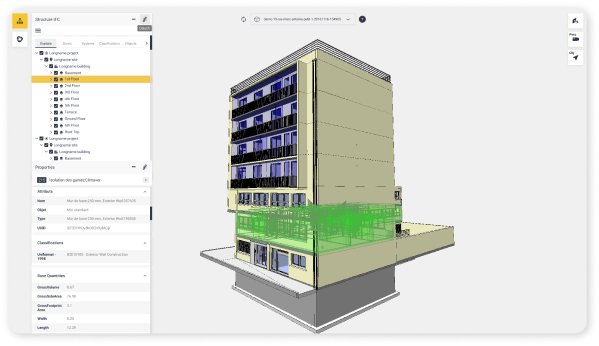

However, this only works with simple objects - ones that themselves don’t overlap in the angle of view - since display issues can otherwise be encountered. This is simulated internally using the Alpha channel - refractions are therefore not supported. The Transparency material channel uses the Brightness setting to simulate transparencies in glTF (the color comes from the Color channel or the Reflectance channel). For the latter, the Brightness setting will be read. Emissive textures and Emissive Factor/Color from the Luminance channel.Occlusion textures from the Diffuse channel (here a baked Ambient Occlusion texture, for example, can be used).If both are defined, the Reflectance channel will prevail. Normal textures from the Reflectance channel or Normal channel (both Tangent type).the respective Strength setting that is defined): In addition, the following textures will be transmitted from Cinema 4D to glTF (and if useful, incl. You should define these settings accordingly so you have a realistic preview in Cinema 4D of the colors that will be exported.

If you load a texture into the Color or Reflectance channel, Multiply will be exported as the Mix Mode, whereby only the corresponding Brightness and Mix Strength will be evaluated. Roughness Value: Width in the Reflectance channel.If the material is not metal, the Reflection Strength can also be set to 0%, which means that there will be a strong deviation between what you see in Cinema 4D and what glTF output. In glTF, this value defines the degree to which the reflectance behavior will reflect that of metal (white) or non-metal (black), i.e., this texture is mostly black/white. If set to 0%, a black surface would result. Here there is a difference between Cinema 4D and glTF: in Cinema 4D, this value defines the amount of light that is reflected by a surface. Metallic Value: Reflection Strength in the Reflectance channel.Base Color: Color in the Color channel or Color in the Reflectance channel (if both are defined, the former will prevail).any defined textures and the respective Strength settings): In short, this means that glTF generally requires 3 settings that are extracted from a Cinema 4D material as follows (always incl. GlTF materials adhere to a physically correct approach (’metallic roughness’) that is similar to a Physical material ( New PBR Material) in the Reflectance channel (however, only 1 layer can be used!). Don’t be surprised if the materials look different in the Cinema 4D Editor. These Cinema 4D material settings are transmitted to the glTF settings that are defined.


 0 kommentar(er)
0 kommentar(er)
